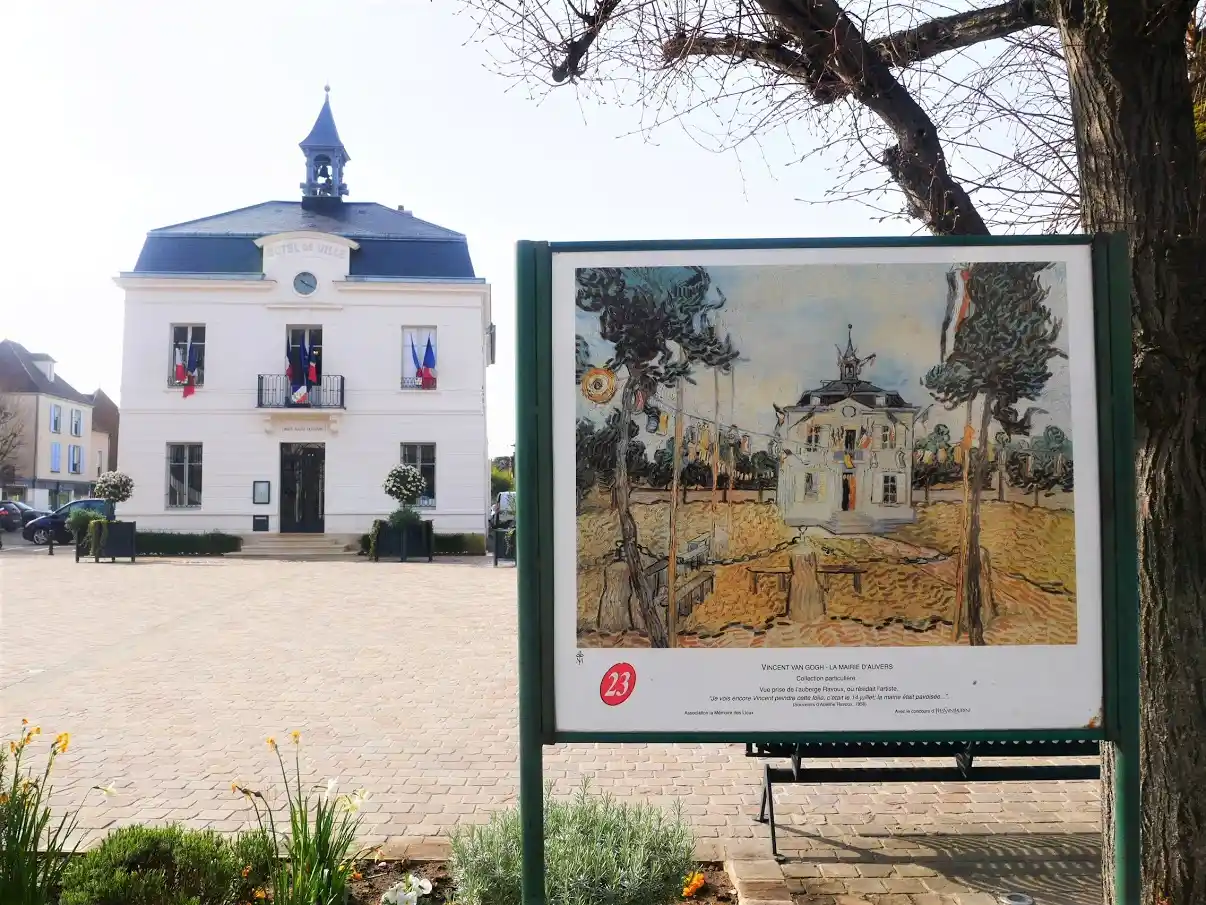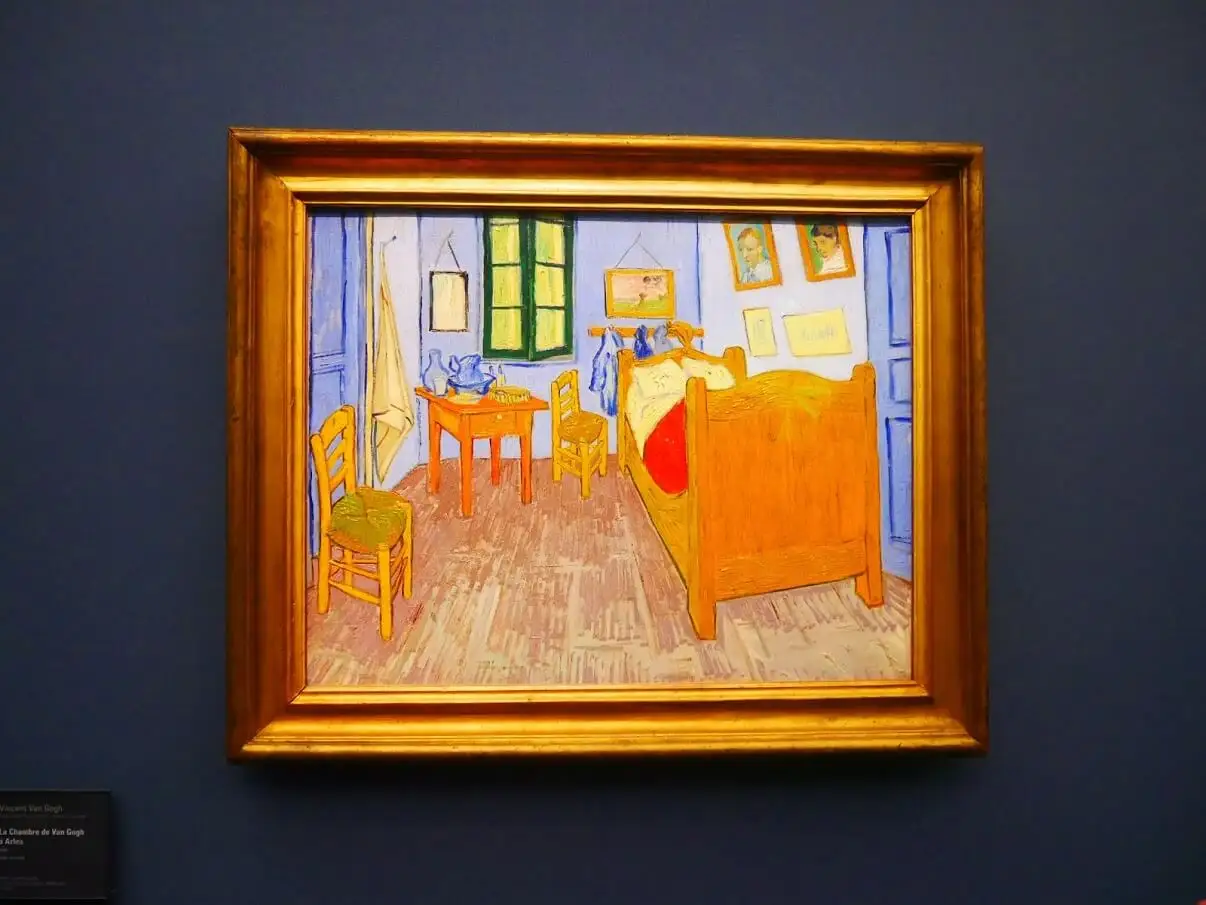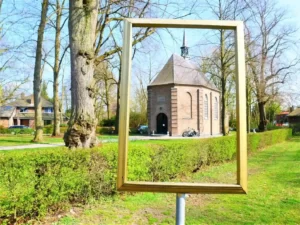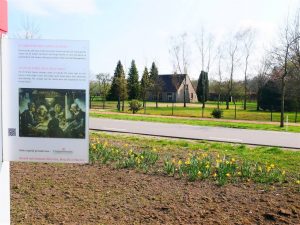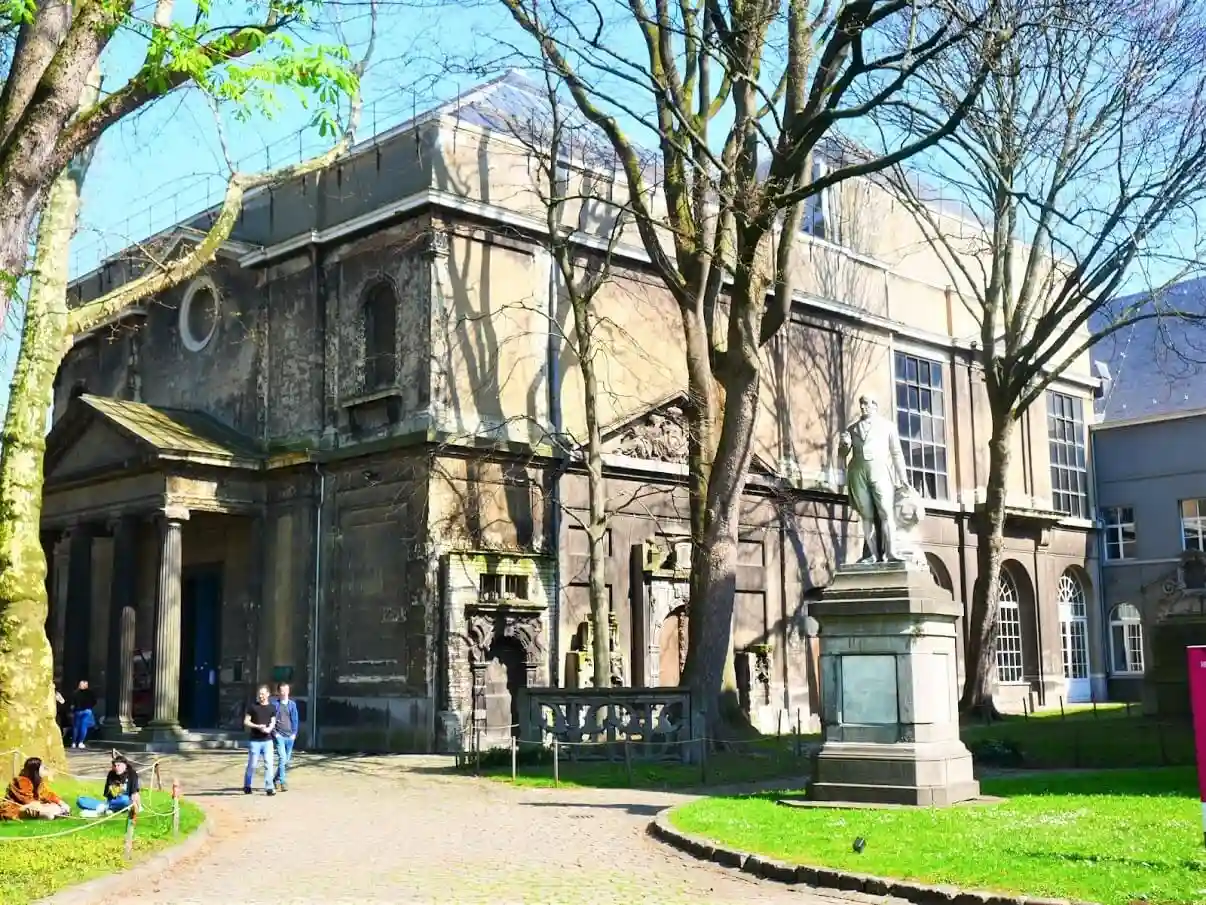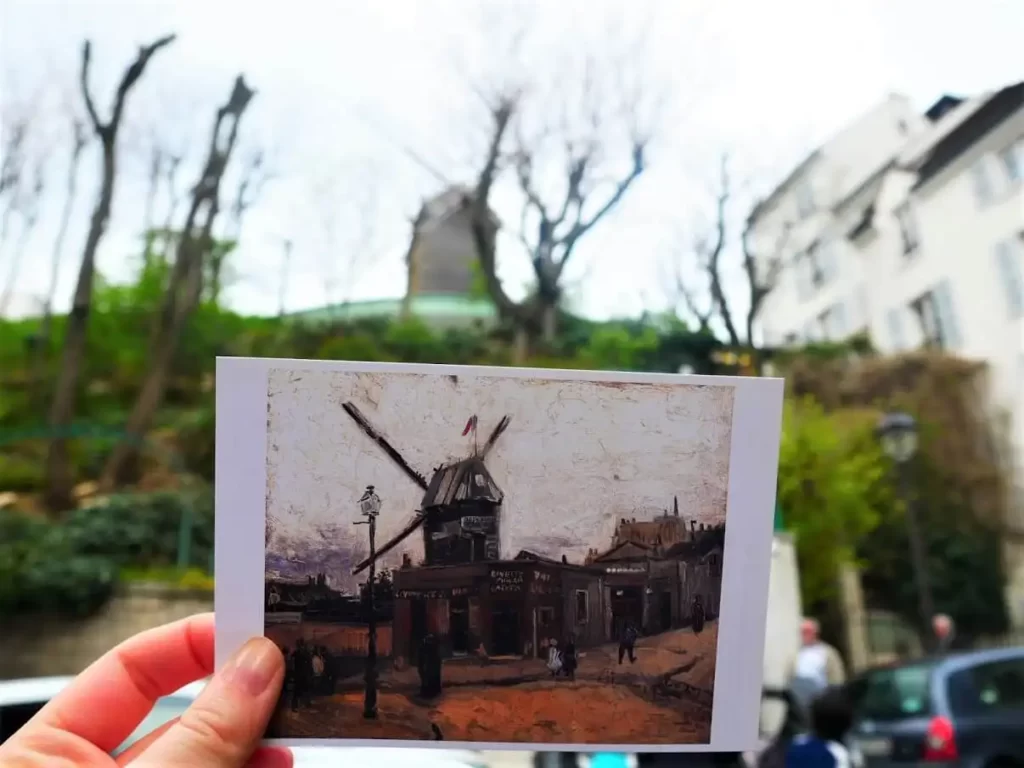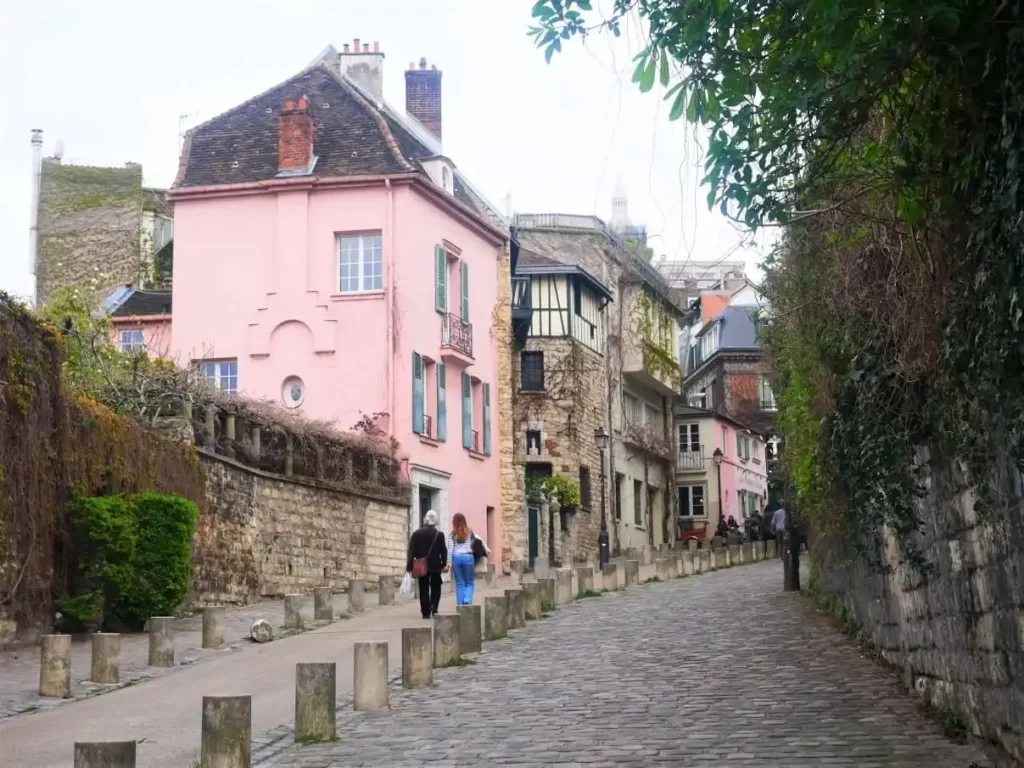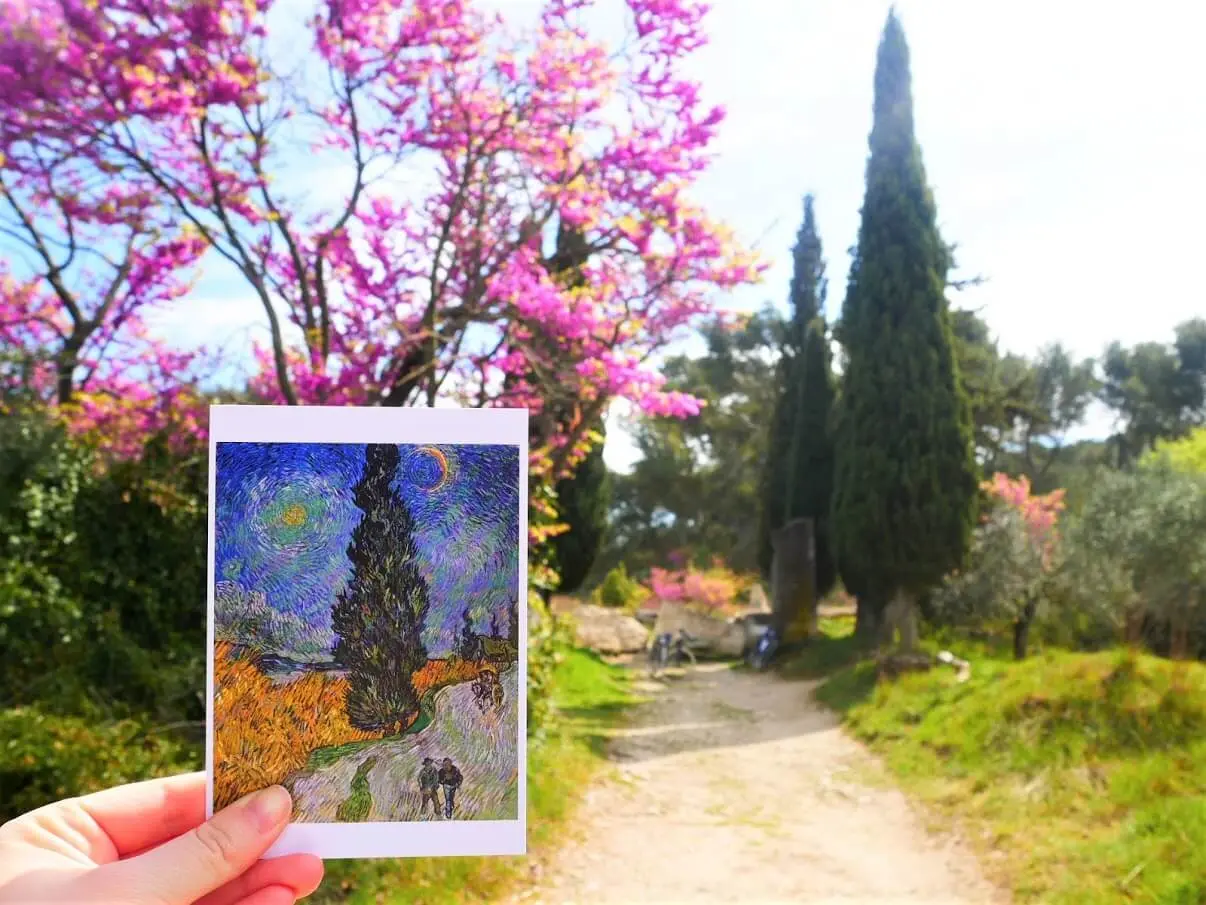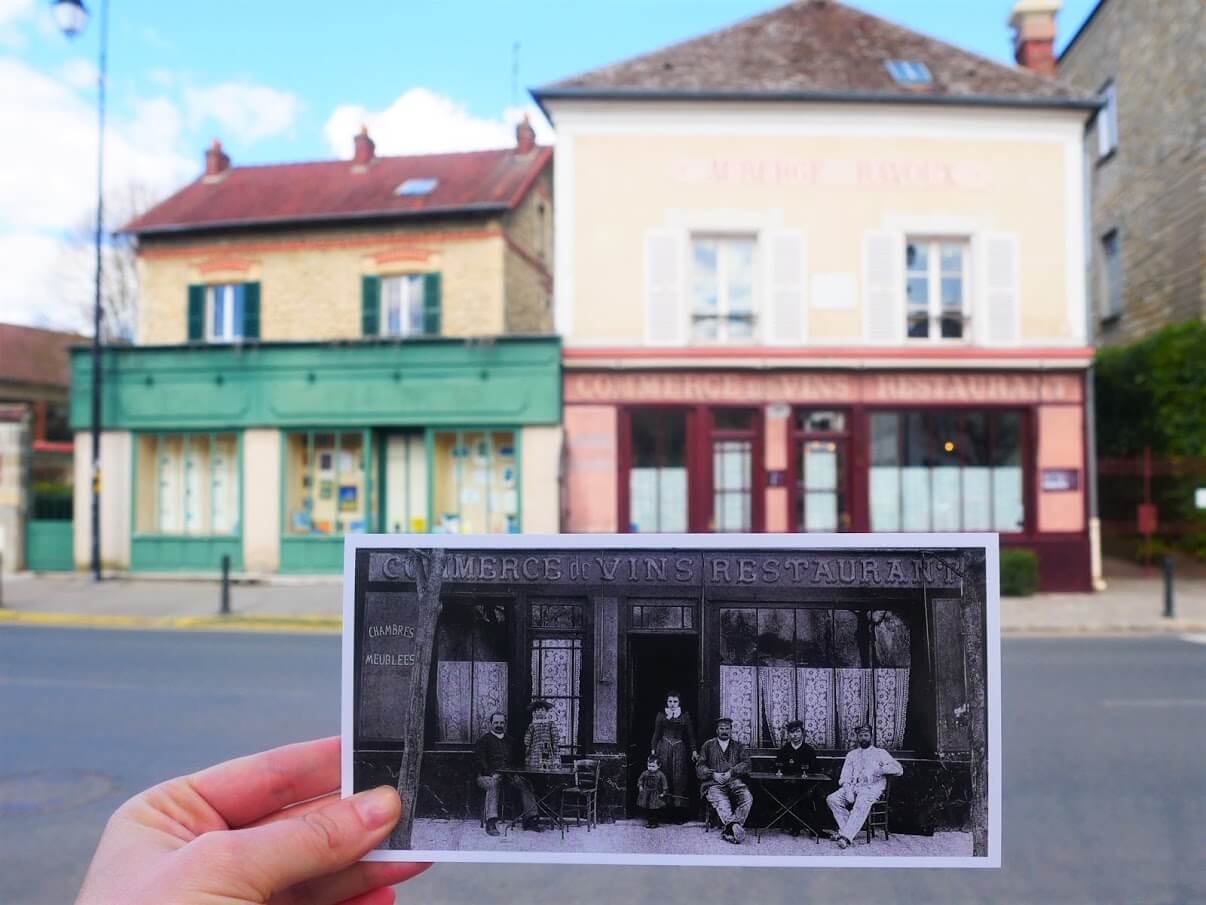Vincent van Gogh is one of the most famous artists of all time. He is among the founders of modern art and one of the most influential modern painters. However, he was also a talented writer, a teacher, an art dealer and one of the first modern travellers. In this Culture Tourist’s art history lesson, you’ll learn more about Vincent van Gogh, his life and his artworks.
Art History Lesson: Vincent van Gogh
I used to work as a guide at the Van Gogh Museum in Amsterdam and did numerous tours about that famous Dutch painter. However, I also researched his life and have visited places linked to him in the Netherlands, Belgium and France. He’s one of the painters that’s very dear to me, and I always feel very emotional in front of his paintings.
Who was Vincent van Gogh?
Vincent van Gogh was born in a wealthy Dutch family in 1853. His father was a protestant pastor, and his family had to move quite often because of his work. Van Gogh was the oldest child, although he had a brother who was stillborn precisely a year before Vincent’s birth. The boy’s name was also Vincent, and while living in a small village of Zundert, he would often pass next to his brother’s grave on which it was written ‘Vincent van Gogh’.
Van Gogh spent his childhood in the south of the Netherlands, in the region called Brabant. When he was sixteen years old, he started to work as an art dealer in The Hague. Van Gogh’s male family members were either priests or art dealers. He worked for the same company in London and Paris. However, in Paris he decided he didn’t want to work there anymore. He moved to England, where he worked as an assistant teacher.
Van Gogh was also a pretty religious person. So, after a couple of years he spent in England, he moved to the Borinage region in Belgium, where he worked as a preacher among the miners. It is where Vincent started to draw a little bit, as well. He wanted to follow in his father’s footsteps and become a priest. However, that dream was ruined after he failed to pass the entry exam to study Theology at the University of Amsterdam.
He was 27 years old, disappointed and moved back in with his parents. This is when Vincent van Gogh decided he would pursue his dream of becoming a painter.
Van Gogh as a painter
Van Gogh’s career was very short. He painted only for ten years (1880-1890). He started quite late, when he was 27, and died ten years later when he was only 37 years old. However, during that time, he created around 1800 paintings and drawings. Van Gogh painted each day. He created seventy paintings during the last two months of his life, which is more than a painting per day.
He was also moving a lot during that time, and we can divide his career into the phases related to the places where he was living.
Van Gogh’s Dutch phase (1880 – 1885)
Van Gogh spent the first five years of his painting career in the Netherlands. He mainly lived with his parents in the Brabant area. Although, he also spent some time in The Hague, where he learned from his uncle, a well-known the Hague School painter Anton Mauve. Some of his paintings are displayed at the Rijksmuseum in Amsterdam.
Van Gogh’s paintings from his Dutch phase are dark and melancholic. His motifs mainly were peasants living in Brabant. One of his most famous paintings from that time is ‘The Potato Eaters’. He hoped to gain a big success with that painting. So he asked his brother Theo to try and exhibit it in some of the galleries in Paris. However, its dark colours and grim motif were very different from the Impressionism the French audience was used to. So, the painting hasn’t got any recognition.
⤷ Read more: Van Gogh in the Netherlands
Van Gogh in Belgium (1886)
That failure made Van Gogh realise that he needed to get some formal art education if he wanted to be a successful painter. That’s why, in early 1886, he moved to Antwerp in Belgium to study in the Art Academy there.
When he wasn’t attending the lectures, he visited churches in Antwerp. He explored paintings made by some of the famous Flemish masters. He was especially interested in Peter Paul Rubens and how he captured the light in his paintings.
After a couple of months he spent in Antwerp, Van Gogh decided that formal education with its traditional way of learning how to paint wasn’t for him. He packed his bags and went to the 19th century’s centre of art – Paris.
⤷ Read more: Van Gogh in Belgium
Van Gogh in Paris (1886 – 1888)
Vincent’s brother Theo lived in Paris, so after arriving in the French capital, the two of them started living together. Theo was an art dealer, and he introduced Vincent to other artists living in the French capital during that time. Vincent was visiting them in their studios, they went on little painting trips outside Paris and spent a lot of time discussing all the new art styles appearing during that time.
Dark colours disappeared from Van Gogh’s paintings as soon as he arrived in Paris. He started experimenting with different styles he saw in the artists’ studios and city galleries. We can see the Impressionism, Pointillism and influences of some other painters on Van Gogh’s paintings from that time.
⤷ Read more: Van Gogh in Paris
Van Gogh in Arles (1888 – 1889)
It was trendy among those first modern painters to travel to exotic lands and look for inspiration in the colours and motifs they could find there. Vincent couldn’t afford to travel far, so he looked for the most exotic place he could find in Europe. And he found it in the south of France in a town called Arles.
That’s where his art came to its peak and where he found his own unique style. Paintings like the ‘Sunflowers’, ‘The Bedroom’ and many more were created during his time there.
He rented a house there with a bright yellow facade where he lived and had his studio. He hoped some of his friends painters from Paris would join him in the art colony he wanted to establish in Arles. Paul Gauguin is the painter who joined him in Arles. But after two months of living and painting together, Van Gogh cut off a part of his ear in one of their arguments. Gauguin suddenly went back to Paris while Vincent got admitted to the mental hospital.
⤷ Read more: Van Gogh in Arles
Van Gogh in Saint-Rémy-de-Provence (1889 – 1890)
Van Gogh spent a year in the asylum in Saint-Rémy-de-Provence. After the first signs of mental illness appeared, they became visible in his paintings, too. He used a lot of red and green colours on them and short brushstrokes that made his paintings very vibrating, and sometimes disturbing.
One of his most famous paintings from that time is ‘The Starry Night’, located at the Museum of Modern Art in New York today.
⤷ Read more: Van Gogh in Saint-Rémy-de-Provence
Van Gogh in Auvers-sur-Oise (1890)
After a year in the asylum, Van Gogh decided the treatment there wasn’t helping him. He moved to a small village of Auvers-sur-Oise located close to Paris. In the beginning, it seemed as if he was better. Vincent was creating a lot, and his paintings were brighter again. However, after two moths there, he shot himself and died two days later.
⤷ Read more: Van Gogh in Auvers-sur-Oise
Van Gogh’s legacy
Van Gogh sold only one painting during his lifetime. However, shortly after he died, his sister in law, Johanna Van Gogh-Bonger, started promoting his artworks and published the letters Vincent and Theo van Gogh were sending to each other. He soon became a well-known painter whose work influenced generations of modern artists.
⤷ Read more: Locations linked to Van Gogh in the Netherlands, Belgium and France
Where to see Van Gogh’s paintings?
Van Gogh was a productive artist whose artworks are displayed in museums worldwide. Van Gogh Museum in Amsterdam has the most extensive collection of his paintings globally, so anyone interested in his work should put it on their list. The second-largest collection of Van Gogh’s paintings is also located in the Netherlands. It is at the Kröller-Müller Museum in Otterlo.
Other European museums like the Orsay Museum in Paris, National Gallery in London, Neue Pinakothek in Munich or Fondation Beyeler in Basel are also homes to some of his finest works.
Van Gogh is one of the most fascinating painters of all time and the one that left a massive mark in Europe. You can find his works in numerous museums. However, many places linked to his life and work could still be seen around Europe. I hope this art history lesson about Vincent van Gogh helped you understand his work better.
What are some of your favourite Van Gogh’s paintings? Let me know in the comments!
Would you like to learn more about Van Gogh’s artworks and places linked to his life and art in the Netherlands, Belgium and France? Check out Culture Tourist Art Webinar: Meet Vincent van Gogh! Click on the picture below to read more and book.


